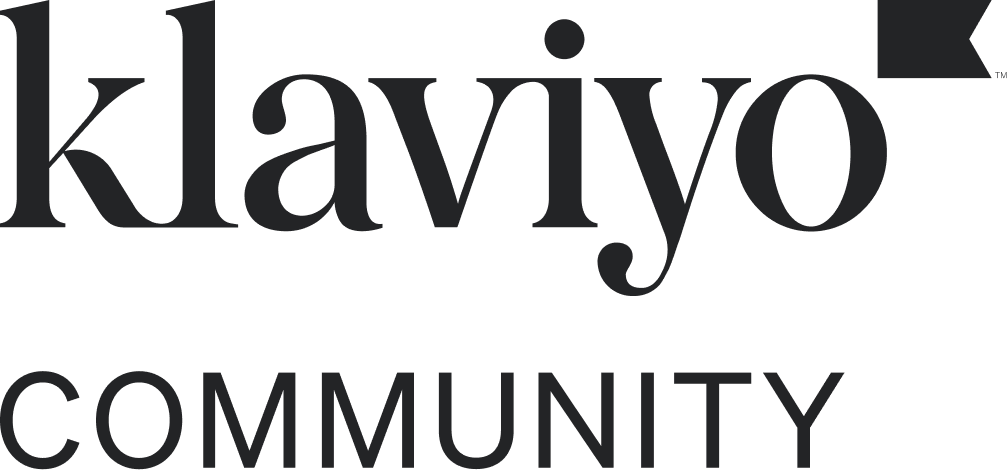Hi @GVaughan, welcome to the community!
Cross-sell flows are a great strategy to leverage when nurturing repeat purchases. Can you help me understand why you’re trying to do this without triggering the cross-sell flow based on a certain product, or collection of products?
Warmly,
Gabrielle
Klaviyo Champion & Marketing Lead at ebusiness pros
The client only want’s one flow at the moment.
Maybe I should start with the best selling collection and go from there?
The collections are as follows
Furniture
Decor
Lighting
Kitchen & Dining
Rugs
His store is just starting out.
Thanks for the reply, looking forward to your response.
Hey @GVaughan
Thanks for asking the community for help with this! Thank you @ebusiness pros for jumping in the help!
What I would recommend here is instead of using trigger filters, i would use a conditional or trigger split. This way you’ll get a catch-all branch for items you don’t want to test/target.
You’re definitely on the right idea though. You’ll want to get started with an analysis of which product categories/collections generate the most revenue and start targeting them for cross-sell. They should also take into account the brand’s attribution window. High ticket items like furniture tend to have a longer conversion window, so you may want to do an analysis for that and either adjust the attribution window in the account or just have longer time delays in the flow to align with the attribution window.
Later on once you have more data to see how this works, you can continue to incorporate more splits into the flow targeting different categories. You could also further refine and break down each category branch into more A/B tests for time delays, content, or subject lines without harming their existing performance.
Hope this helps!
You’re welcome, @GVaughan, I’m happy to help. @stephen.trumble already gave you a valuable recommendation on how to configure the logic for this flow.
One more note I’d add for the logic of this flow - it’s important to add a flow filter to make sure that people haven’t recently been refunded/ returned their order with the product you’re referencing to now make cross-sell recommendations for. That will help prevent any customer-service headaches for your client’s team.
From a strategy perspective, here’s what I’d recommend:
- Start with the bestselling product (or category of products) first.
1b. Creating a cross-sell flow that isn’t specific to a product (or one type of product) makes it more difficult for you to provide a truly relevant recommendation for the next purchase you’re wanting the recipient of these emails to make.
1c. The bestselling criteria helps you ensure there’s a high enough volume of orders for this flow to generate meaningful revenue within the first 90 days after its launch. I’ve made this mistake in the past, by creating cross-sell flows that were actually too specific, and it led to <100 people entering the flow queue within the first 90 days after launch.
- Then identify the next best product to recommend.
2b. Once you know what someone’s starting purchase is (the bestselling product/ category) - then you can ask your client to share their insights on what the next best product they recommend people buy, or if they have the data - what the next most commonly purchased product is.
2c. So for example: one of my clients sells soft-sided luggage/ bags. IF someone purchases a smaller “every day carry” type of bag, THEN the next thing we’d recommend they buy is a larger carry-on friendly bag they can use for airplane/car travel.
- You might spend 2-3 emails recommending that primary recommended product
3b. First, you’d introduce it, highlight the primary benefit/ features.
3c. Next, you might feature some customer reviews/ social proof on why they like that product specifically.
3d. If you want to send a 3rd email about the same recommended product, now might be a good time to share the story behind why that product was created/ selected as part of the brand’s offerings.
- You could end the cross-sell flow there OR follow-up with a secondary recommended product
4b. I’d send this only to those who’ve “purchased 0 times since receiving this flow” - it’s like a last chance to attempt at converting this person to purchase while in this cross-sell flow.
4c. Maybe this product is at a lower price-point than the primary recommended product you started the flow with
I hope this helps!
~ Gabrielle
@ebusiness pros & @stephen.trumble sorry for my delayed reply.
Thanks so much for both of your help on this issue.
